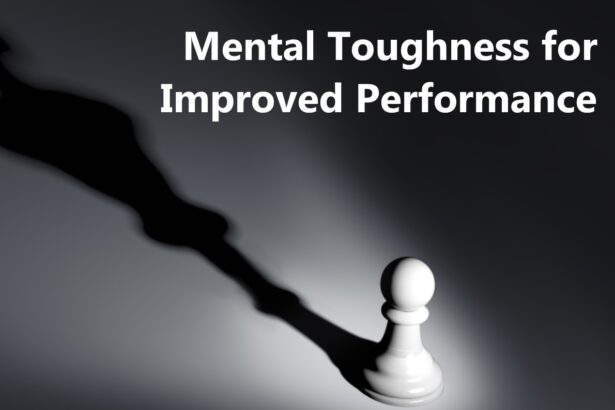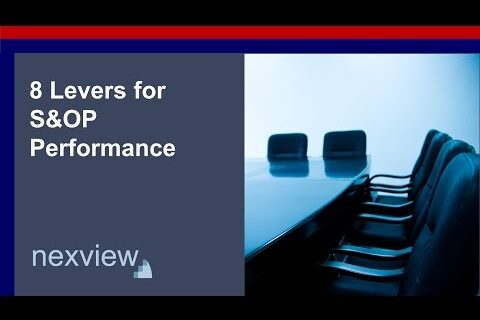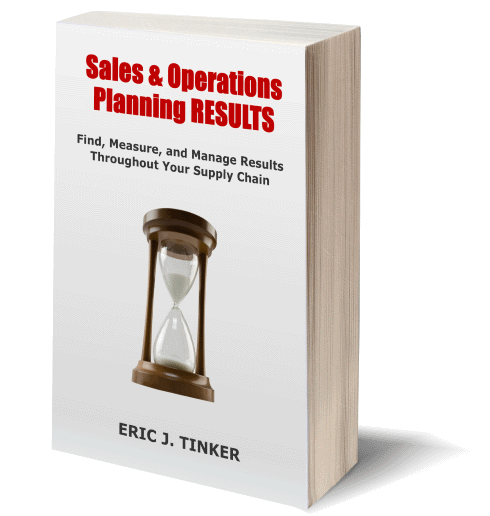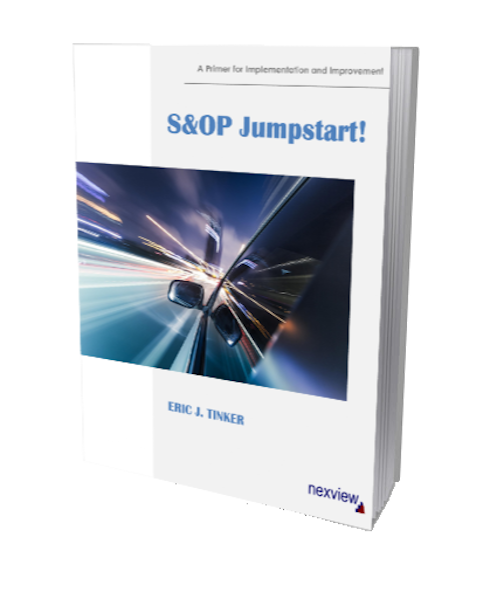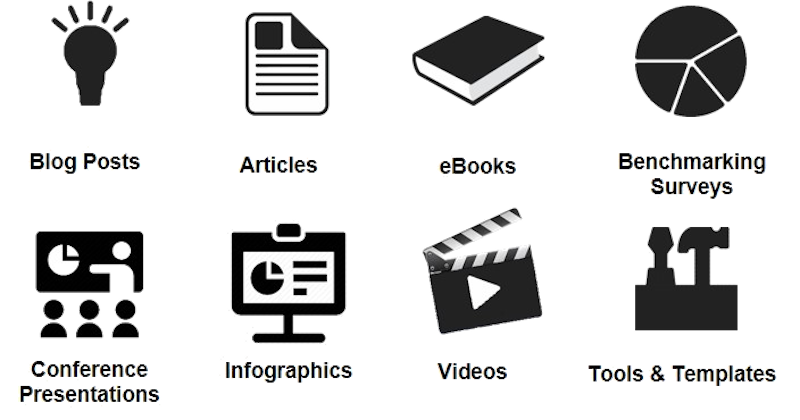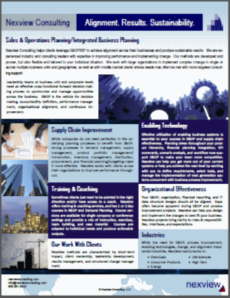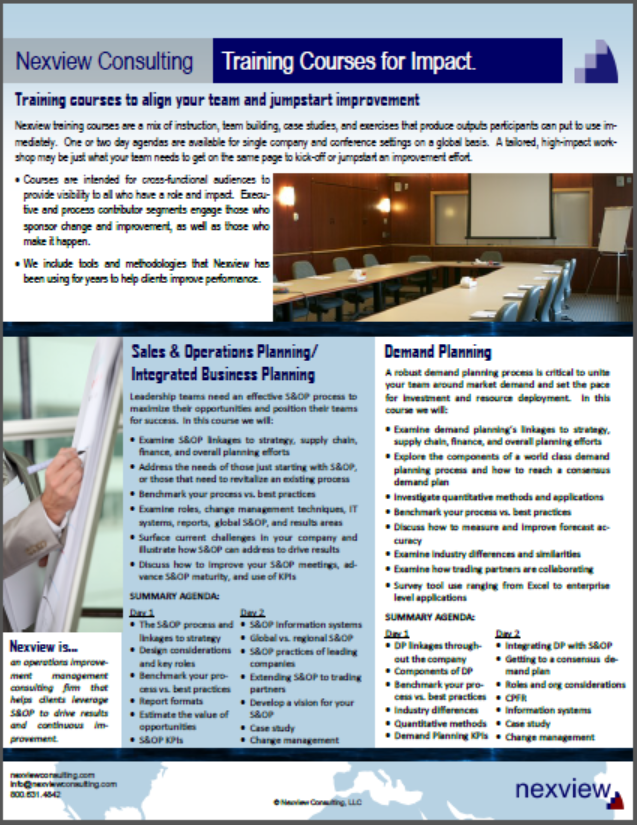S&OP Readiness: 7 Components for Success and Sustainability

Despite the fact that S&OP is in its fourth decade of recognized existence, many companies have yet to implement a formal version this cross-functional management process. Several see the need though as their businesses grow in complexity, or new executives come in and want to implement what they’ve seen work well in prior lives. When we begin discussing S&OP with a company, we always ask questions about the state of what we consider to be the foundation for pulling off an S&OP implementation and more importantly, making the process sustainable.
Here are the basic readiness levers we ask about:
Sponsorship: Yes, this is emphasized in everything written on the subject, but true. This needs to be a VP/CXO. A process led at the Director level is certainly better than nothing, but will be limited to the tactical level as the “real” decisions will be made somewhere else.
S&OP Team: We look for a leader and facilitator for each component meeting and underlying process (e.g. demand, supply planning, portfolio management), an overall coordinator across the S&OP components, an executive sponsor, and finance involved throughout. S&OP roles need to be in job descriptions, not worked in whenever people feel like it.
Burning Platform: We like this expression (but don’t use it with our oil and gas clients!). The point is there needs to be a business urgency/gap that S&OP will fix. If all the metrics look good and finances are on plan, then who cares? Is S&OP just another good idea for things like communication and teambuilding? Some leaders will think so and I will partially agree at least in the short-term. S&OP requires work; it needs an ROI to be sustainable.
S&OP Knowledge: The participants need some level of base knowledge and context. The core team and/or an outside advisor if necessary should be able to handle this.
Underlying Planning Processes: I’m talking about demand planning, supply planning, product portfolio management, and financial planning. They don’t need to be perfect, but if they are too weak, your S&OP meetings will degenerate to discussions about what these process are and a discussion on fixing the gaps. The question people will end up asking is, how do I avoid this meeting?
Defined Product Hierarchy: Most companies have this. Perhaps it needs to be tweaked some, but if you can’t talk about product families, then you’ll be confined to the tactical plane and the meetings will be about which orders are shipping this week. BTW – that’s an important meeting, it’s just not S&OP.
Ability to Produce Reports/Plans: S&OP can be a data intensive undertaking, especially for large product portfolios across multiple business units. Like Excel? Sure, everyone does, but your high potential S&OP team members have other plans besides being the report person. Reports need to be produced easily and quickly. This likely means automation. We worked with a manufacturer some years ago who had several small manufacturing sites. They couldn’t roll-up a company level supply plan and it killed the project, postponed it anyway until the IT was “revisited”. The cloud based reporting tools are cheap now. This is a no-brainer.
Not perfect on all of these? You might be okay for a period of time, but at least you know where you’re exposed, better get after it.


